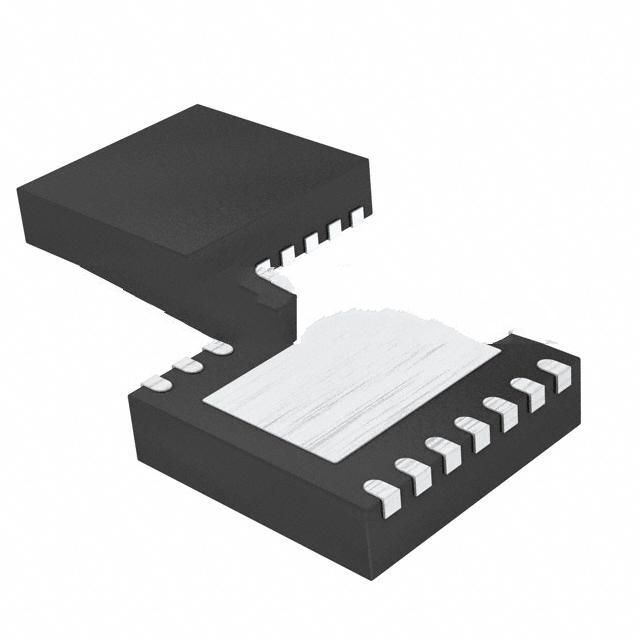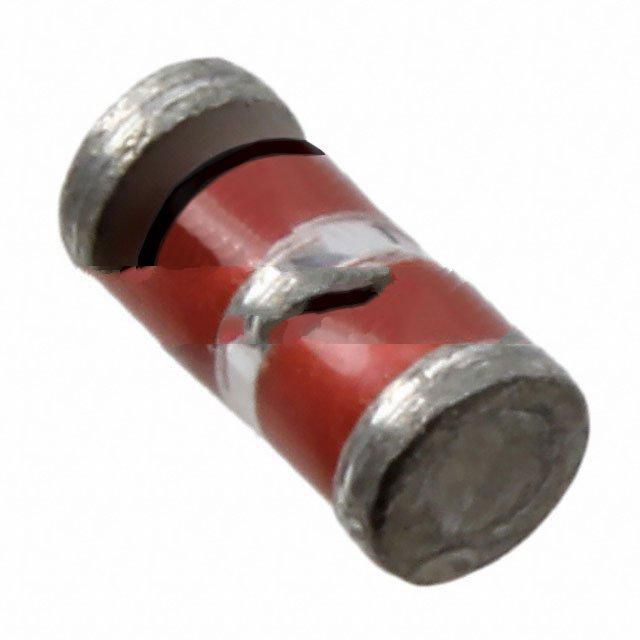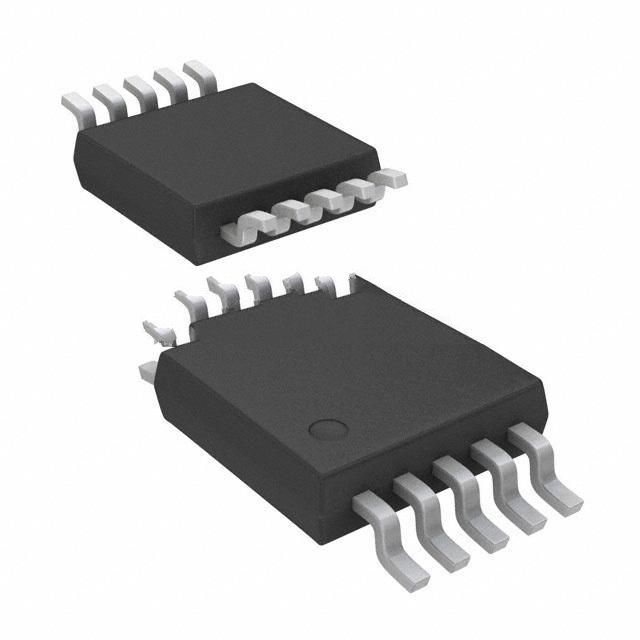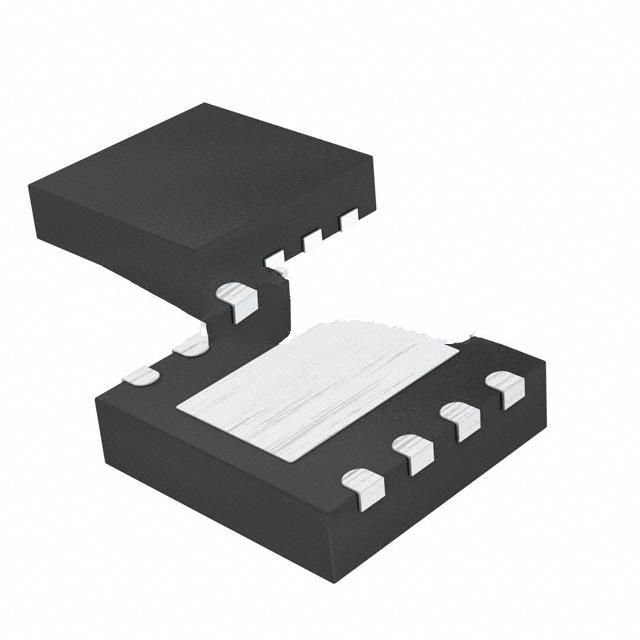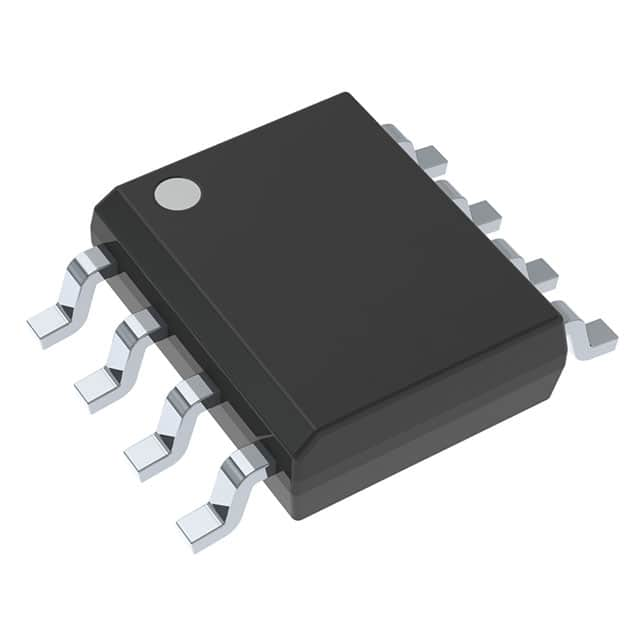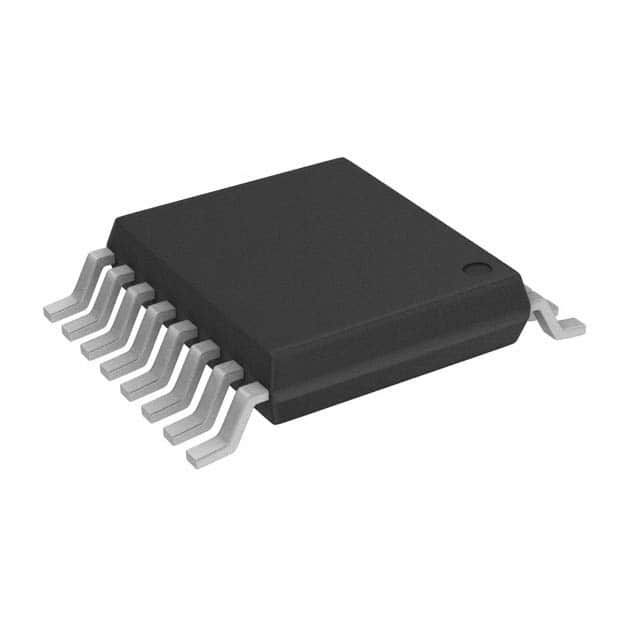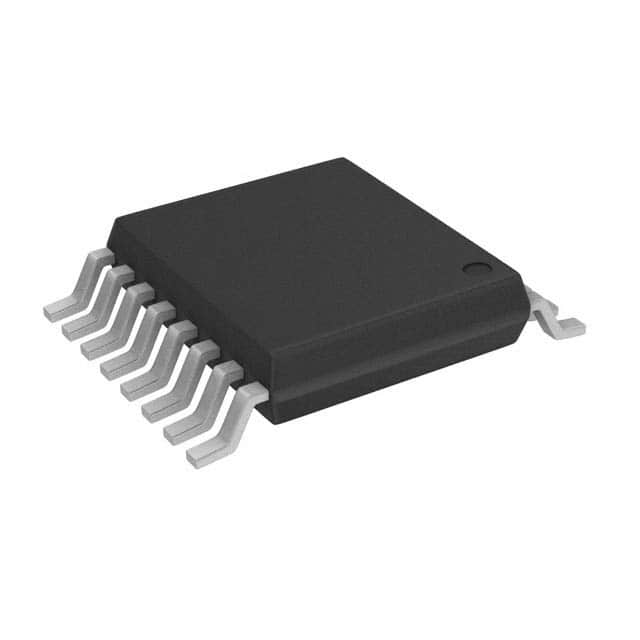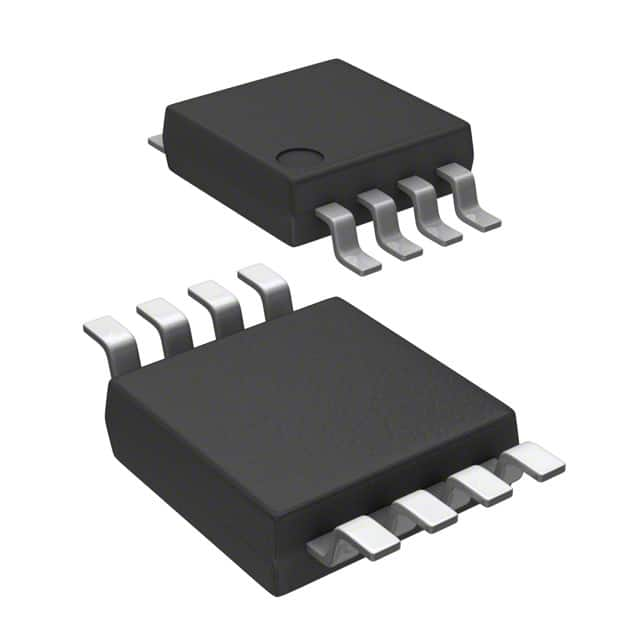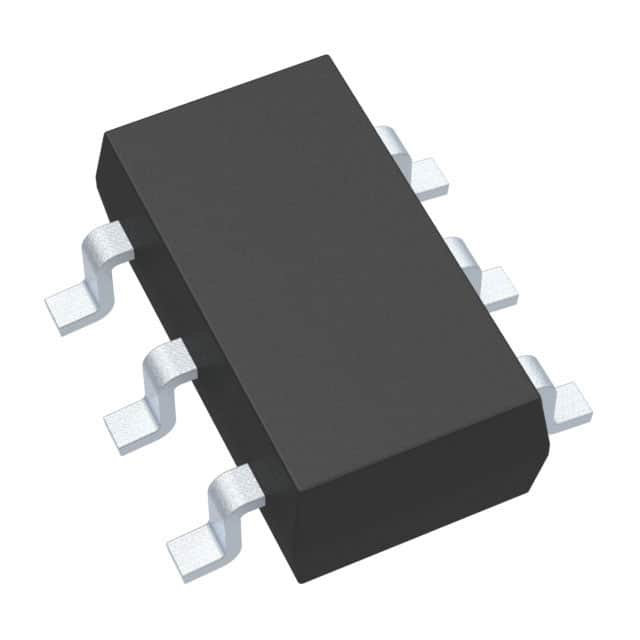DS1842N+ Product Introduction:
Maxim Integrated Part Number DS1842N+(PMIC - Current Regulation/Management), developed and manufactured by Maxim Integrated, distributed globally by Jinftry. We distribute various electronic components from world-renowned brands and provide one-stop services, making us a trusted global electronic component distributor.
DS1842N+ is one of the part numbers distributed by Jinftry, and you can learn about its specifications/configurations, package/case, Datasheet, and other information here. Electronic components are affected by supply and demand, and prices fluctuate frequently. If you have a demand, please do not hesitate to send us an RFQ or email us immediately sales@jinftry.com Please inquire about the real-time unit price, Data Code, Lead time, payment terms, and any other information you would like to know. We will do our best to provide you with a quotation and reply as soon as possible.
Introducing the Maxim Integrated DS1842N+, the ultimate solution for precise digital potentiometer control. This innovative device offers a wide range of features and is designed to meet the demands of various applications.
The DS1842N+ boasts a 256-tap nonvolatile memory, allowing for accurate and reliable resistance settings. With a resistance range of 10kΩ to 100kΩ, this digital potentiometer provides exceptional flexibility for different circuit requirements. Its low temperature coefficient ensures stable performance across a wide temperature range, making it suitable for both industrial and consumer applications.
One of the standout features of the DS1842N+ is its I2C interface, enabling easy integration into existing systems. This interface allows for seamless communication with microcontrollers and other digital devices, simplifying the control and adjustment of resistance values. Additionally, the device offers a high resolution of 8 bits, ensuring precise and fine-grained adjustments.
The DS1842N+ finds its application in a wide range of fields. In audio systems, it can be used for volume control and equalization adjustments. In industrial automation, it can be utilized for calibration and fine-tuning of sensors and actuators. In automotive electronics, it can be employed for control of lighting systems and motor speed regulation. With its versatility and reliability, the DS1842N+ is the go-to choice for engineers and designers seeking a high-performance digital potentiometer.
In conclusion, the Maxim Integrated DS1842N+ is a cutting-edge digital potentiometer that offers exceptional features and versatility. Its precise resistance control, wide resistance range, and I2C interface make it an ideal choice for a variety of applications in different industries.
Current Regulation/Management refers to the technology or system that accurately controls and regulates the flow of current in electronic devices. Steady current mainly focuses on keeping the current output constant, and is not affected by external factors such as power supply voltage fluctuations and load changes. Current management more broadly covers current distribution, protection, monitoring and optimization to ensure the safe and efficient flow of current within the device. This technology is of great significance for ensuring stable operation of equipment, extending service life and improving energy efficiency.
Application
Current Regulation/Management technology is widely used in many industries such as power supply, LED lighting, industrial automation, consumer electronics and new energy vehicles, and has become an important driving force to promote technological innovation and industrial upgrading in these fields. From mobile phone charging to battery management in electric cars, current management technology is everywhere, silently ensuring the convenience and efficiency of modern life.
FAQ about PMIC - Current Regulation/Management
-
1. What are the typical application scenarios of PMIC current regulators?
Current regulators are commonly used in scenarios such as LED driving, charging management, battery protection, motor control, and sensor circuits to provide precise current control and protection functions.
-
2. What is over-current protection (OCP) in current management ICs?
Over-current protection (OCP) is a protection mechanism that automatically limits or cuts off the current when an excessive current is detected to prevent circuit damage or thermal runaway.
-
3. What is the role of current management ICs in LED drivers?
In LED drivers, current management ICs control the current of LEDs to make the brightness consistent, reduce power consumption, avoid LED damage caused by excessive current, and extend the life of LEDs.
 Lead free / RoHS Compliant
Lead free / RoHS Compliant



